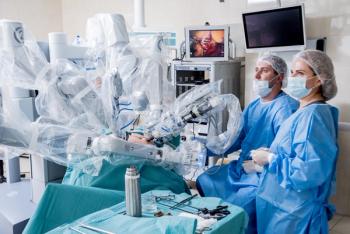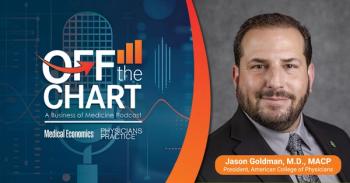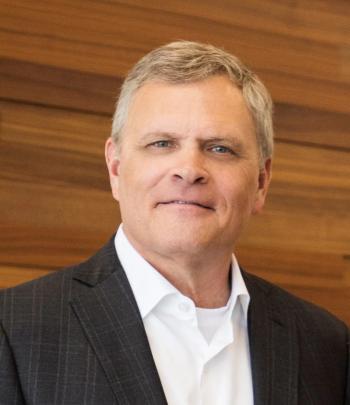
Are 'invisible' tasks making the primary care workload unsustainable?
Invisible tasks associated with non-face-to-face patient care are threatening to make the workload of primary care physicians unsustainable, a new study says.
Invisible tasks associated with non-face-to-face patient care are threatening to make the workload of primary care physicians (PCPs) unsustainable, according to a new study in the
These task, which doctors typically don’t get reimbursed for, include writing prescriptions, ordering laboratory tests, dictating notes, reviewing notes in electronic health records (EHR) systems and communicating with patients on the phone or email.
“While nonvisit care has the potential of improving access to care by reducing office visits … such nonvisit care leads to a substantial physician workload that is by-and-large invisible and nonreimbursed,” the study’s authors write.
This increased and uncompensated workload could lead to a host of problems, including
It also may exacerbate the primary care shortage, because medical students are “acutely aware” of the extra paperwork burden on PCPs, which could cause young physicians to turn to careers in other specialties, according to the authors.
The study, called “Providing primary care in the United States: The work no one sees,” examined the workloads on 82 internists at a large academic medical center.
And the “nonvisit” tasks each internist completed each day were substantial. On a typical day, each general internist ordered 70 lab tests, images, and consultations; wrote and signed 31 prescriptions; responded to seven patient-care-oriented messages; and reviewed, edited, and signed 19 EHR documents. These activities “consume a substantial portion of the workday” for each physician, the report says.
Compensating PCPs for these nonvisit tasks will be a key to ensuring access to primary care in the future, the authors conclude.
New practice models, such as
Newsletter
Stay informed and empowered with Medical Economics enewsletter, delivering expert insights, financial strategies, practice management tips and technology trends — tailored for today’s physicians.
















